How to Prepare for Your Vehicle Appraisal
Sean Rooks | September 29, 2025
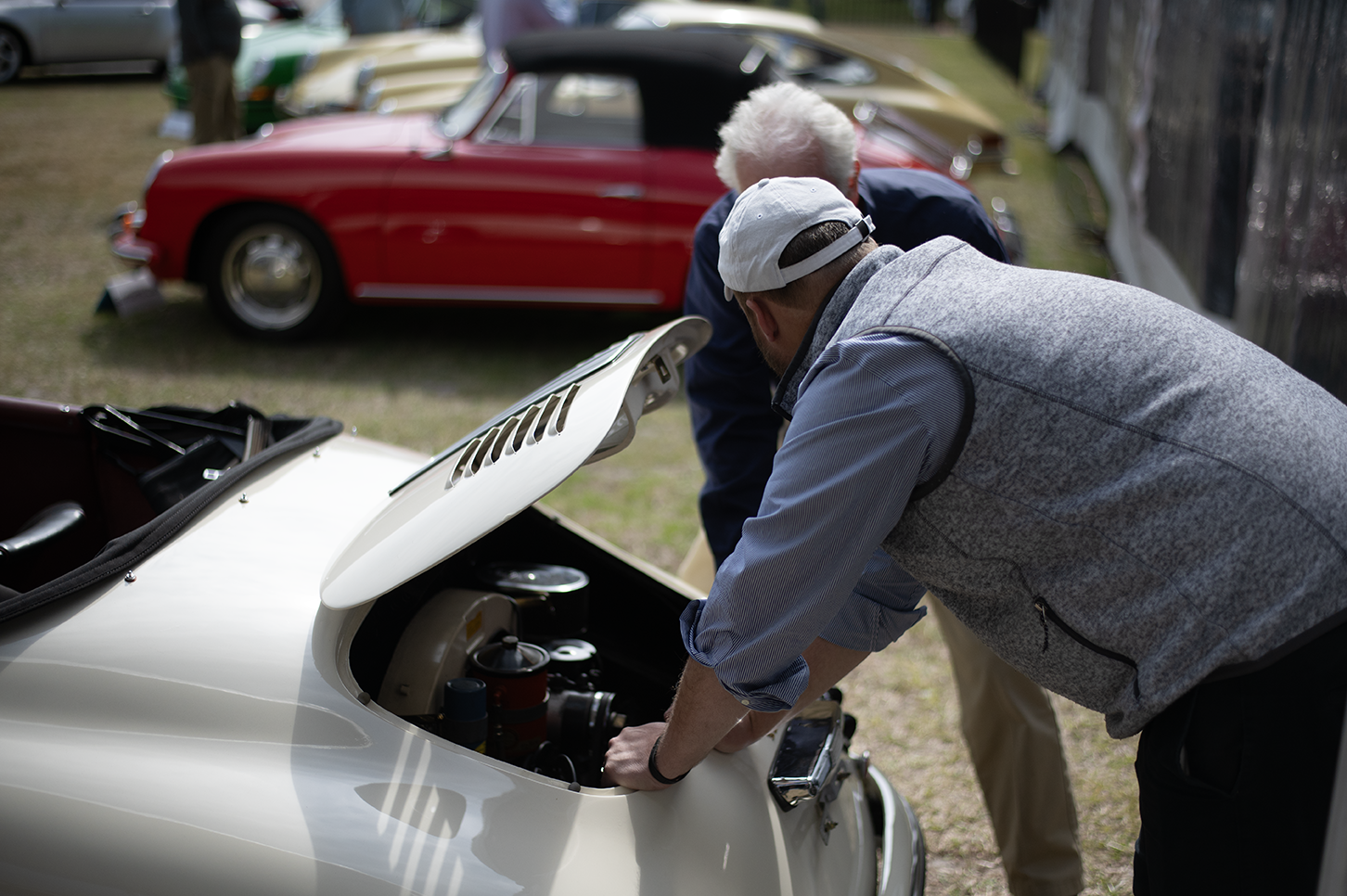
How an appraisal is billed varies based on the individual preferences of the appraiser, but most fees are based on an hourly rate. This means that the longer an appraisal takes, the higher the cost. Complicated appraisals — such as for Federal tax functions — can be expensive, and proper preparation for your appraisal can be a smart way to minimize costs. In today’s Market Monday, I’m sharing my tips for how to prepare for your vehicle appraisal.
After a client and appraiser have reached an agreement on the intended use of the appraisal, the recipients and users of the report, and the scope of work, the first major step is usually an in-person inspection of the subject property. In the case of collector cars, that includes examining the vehicle (obviously) but also other relevant materials that can provide insight on the car’s condition and history.
1. Ensure the Vehicle is Accessible
Whether you’re having one vehicle or dozens, a major time-saver is having each vehicle easily accessible to the appraiser. It’s not always possible, but having each vehicle positioned for easy access on all sides for the car’s exterior inspection and evaluation will save time and facilitate a more accurate appraisal.

An appraiser will need to access the interior, trunk, and engine compartment, so have the necessary keys with the car to allow these areas to be easily assessed. Don’t forget to include keys for lockable interior compartments, if fitted.
In the case of a non-running vehicle, barn find, or large collection, we understand that it may not be possible to position the cars for easy access. Just do your best given the circumstances. We call such scenarios “limiting conditions” in our appraisal reports. Such limited access will result in the appraiser making certain assumptions about the condition of the inaccessible areas.
2. Gather Proof of Ownership and Authentication Materials
Your vehicle’s title, registration, and insurance documentation are important references when ensuring the vehicle being appraised belongs to the reported owner. That said, depending on the intended use an appraisal could be commissioned by an insurance company, an attorney, or a spouse. These documents also hold key dates and reference information useful to an appraiser when documenting a car’s identity and history.
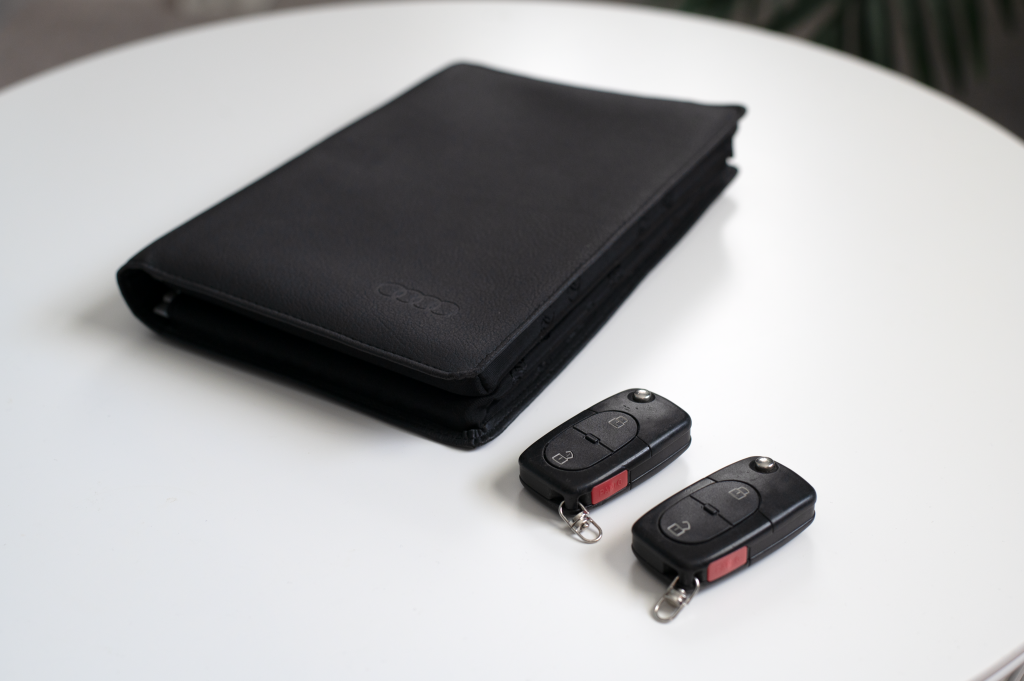
If you’ve had the car appraised in the past, especially if it was completed in the last few years, sharing that report with the appraiser can provide useful information for the current valuation.
Owners of special cars may have also ordered an authentication from a reputed expert or a certification document from the vehicle manufacturer verifying its identity. Such documents include important identification numbers and often original features and options. Examples include British Motor Industry Heritage Trust Certificates, Porsche Certificates of Authenticity or factory Kardexes, and Marti Reports. These are very useful tools for an appraiser and if available, should be provided for reference.
3. Prepare Supporting Documentation
As when selling a car, records are an important factor in assessing a car’s history and value. A detailed service history file with well-recorded maintenance and major mechanical repairs can add value to a vehicle. It also provides important information on a vehicle’s condition over the years.
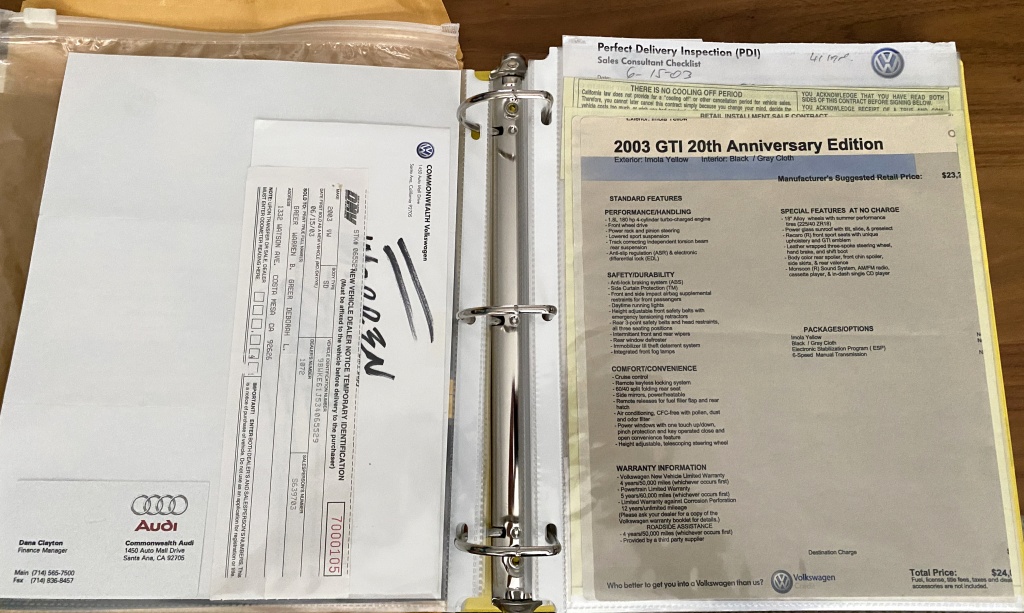
Cars with a significant restoration in its past also benefit from evidence (especially photographic) documenting the process. It can help the appraiser understand the standard to which the car was restored, and therefore help prepare a more accurate valuation.
4. Collect the Vehicle’s Accessories, Spares and Parts
In many cases the presence of factory-correct and original tools and accessories can add value to a vehicle, especially compared to a car that lacks these features. For example, a convertible that retains its original factory hard top can add thousands of dollars. For certain cars, items as seemingly insignificant as a key fob may hold great value to collectors!
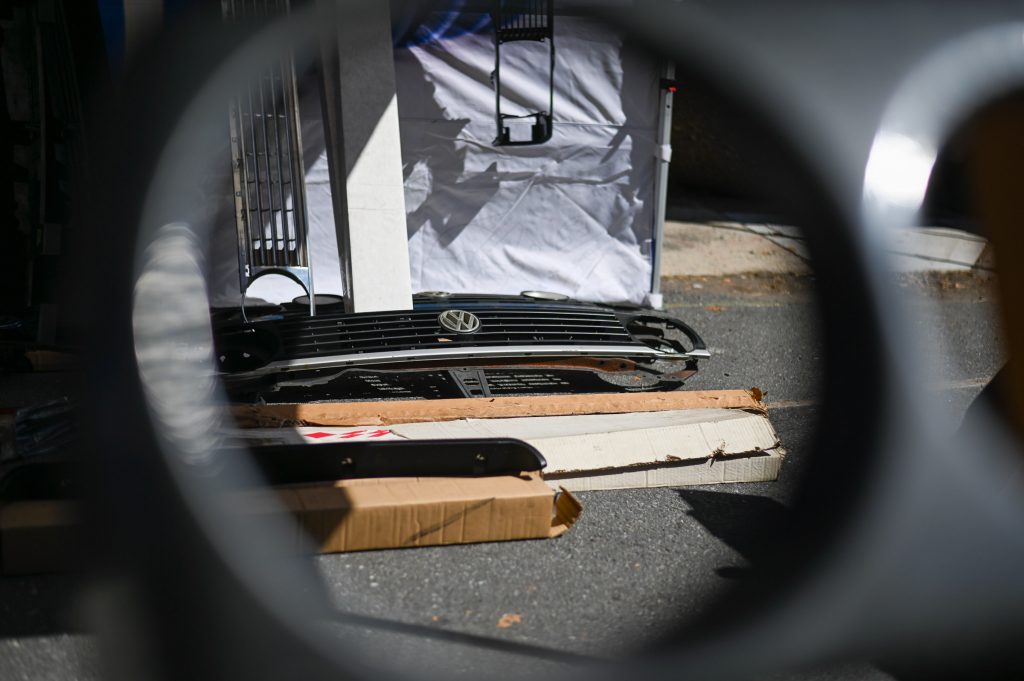
Similarly, collect any parts associated with the car in one place so that they may be inspected at the same time as the vehicle. Collecting these parts now will save time, as the appraiser will not need to dig through boxes and shelves, adding billable hours to the assignment. Plus, new old stock parts in their original boxes or rare components can have great value in the marketplace, or to a future owner of the car.
5. Be Present or Available
An appraisal inspection can be conducted mostly independently once the vehicle and its associated documentation and accessories are prepared for inspection. However, it can be helpful to have the owner, or a designated agent nearby to assist if required. For example, an appraiser may prefer to have the owner open the trunk or hood for inspection to avoid causing damage.
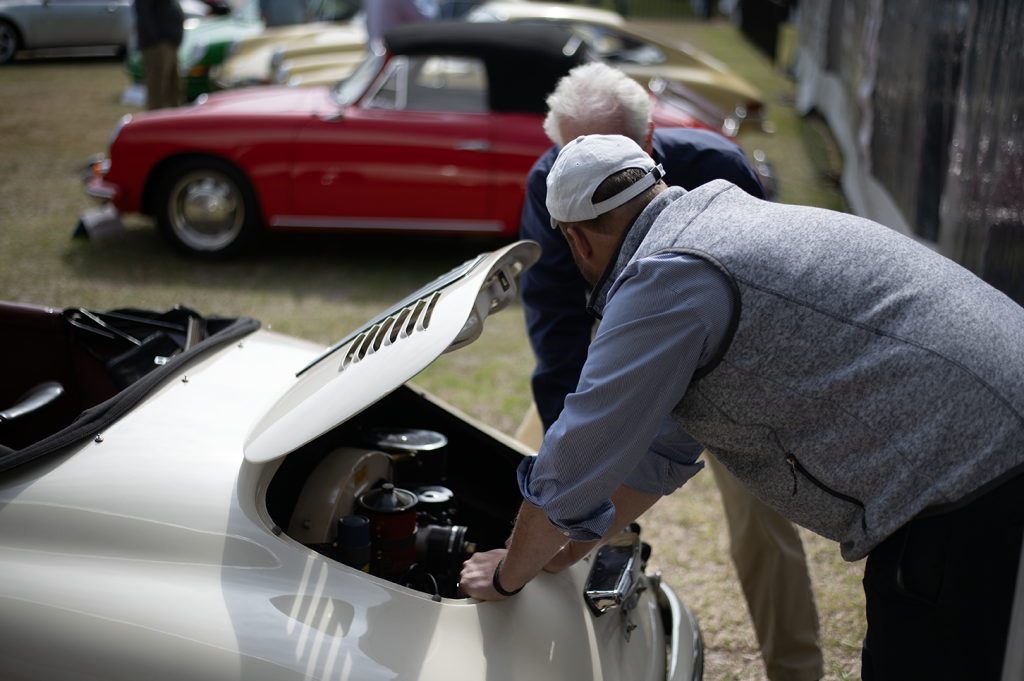
If the owner is present during or after an inspection, the appraiser may choose to share basic condition information as it is found, which can help indemnify the appraiser against damage claims made post-inspection.
Road Testing
You may be surprised to learn that road tests are not always part of a vehicle appraisal. In large collections, many of the cars may be enjoyed mostly as static displays or have been immobile for some time and therefore would require reconditioning.

Appraisals can be performed remotely via detailed photographs, though an in-person inspection is ideal. In such a case the vehicle cannot be test driven, obviously, so an appraiser will rely on the owner’s testimony or the vehicle’s apparent condition.
If I appraise a single vehicle that is a known running and driving car, I will often ask to ride in the passenger seat while the owner takes the car on a short drive. This allows me to focus on listening for noises, watching for smoke, and assessing performance without the distractions of traffic. It also limits my liability and the potential for damage to a client’s prized possession.
Other Considerations
Cleanliness
A note about cleanliness — ideally the car would be clean, but an inspection can still be performed on “barn finds” and dirty cars, just be aware that determining its condition may be more difficult. As a result, more assumptions may be made and noted in the report.
Unsafe Conditions
Unsafe or dangerous conditions may require an appraiser to stop work and cancel the appraisal, so please be certain that the space is free of obstructions, pets are contained, and dangerous or flammable items are removed prior to inspection.
Lighting
While we bring flashlights and the like, good lighting helps us properly assess a vehicle. If the weather is good, an outdoor inspection on an overcast day is excellent, but a dark barn may impose conditions on the report.
Interruptions
Like clients, many appraisers are enthusiasts and we love to talk about cars. It’s important to remember that during an inspection, your appraiser is on the clock and any time spent is being tracked and billed. As long as you understand this and your appraiser is willing to engage, it’s your money!
Scope Creep
An appraisal can have a lot of moving parts and we all forget to mention an important task. It’s important to remember that the appraiser is arriving for the inspection with a certain understanding of the job at hand. If you request additional work during the visit, such items will be noted and can impact the final cost. Significant alterations to the assignment’s scope may even result in a contract revision.
Photography
Dozens of photographs are taken during the course of an appraisal to document the car’s condition and used for further evaluation at the appraiser’s office. It may be advisable to take your own set of photos prior to the inspection, not unlike when you rent a car, to ensure that if there is a dispute on the car’s condition after the inspection, you have your own evidence. We try very hard not to damage a vehicle, but accidents happen.
Final Thoughts
As appraisers, we understand that a client may not the original owner and such preparation may not be possible, but a streamlined and efficient appraisal saves time and ultimately money. Even tackling a few of the above suggestions ahead of an appraisal inspection can reduce the effort needed to inspect a vehicle, and can even improve the accuracy of the final report.
If you’re thinking of having an appraisal performed on a vehicle and have questions about the process, please contact us. We’ll be happy to help!
Wolf and Mare provides car finding, appraisals, and auction services for buyers and sellers of collector European cars. If you’re interested in acquiring an overseas car, give us a call or drop a line!

